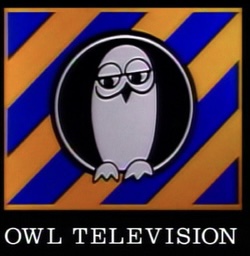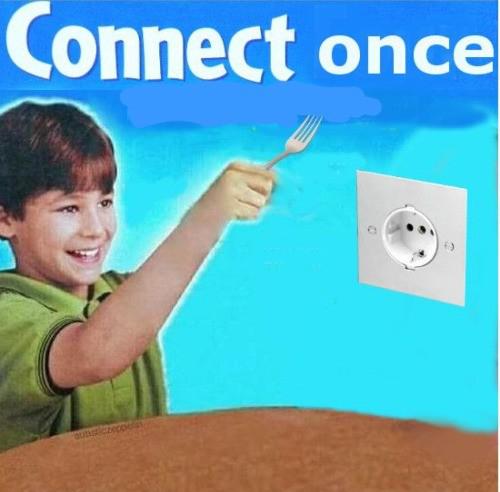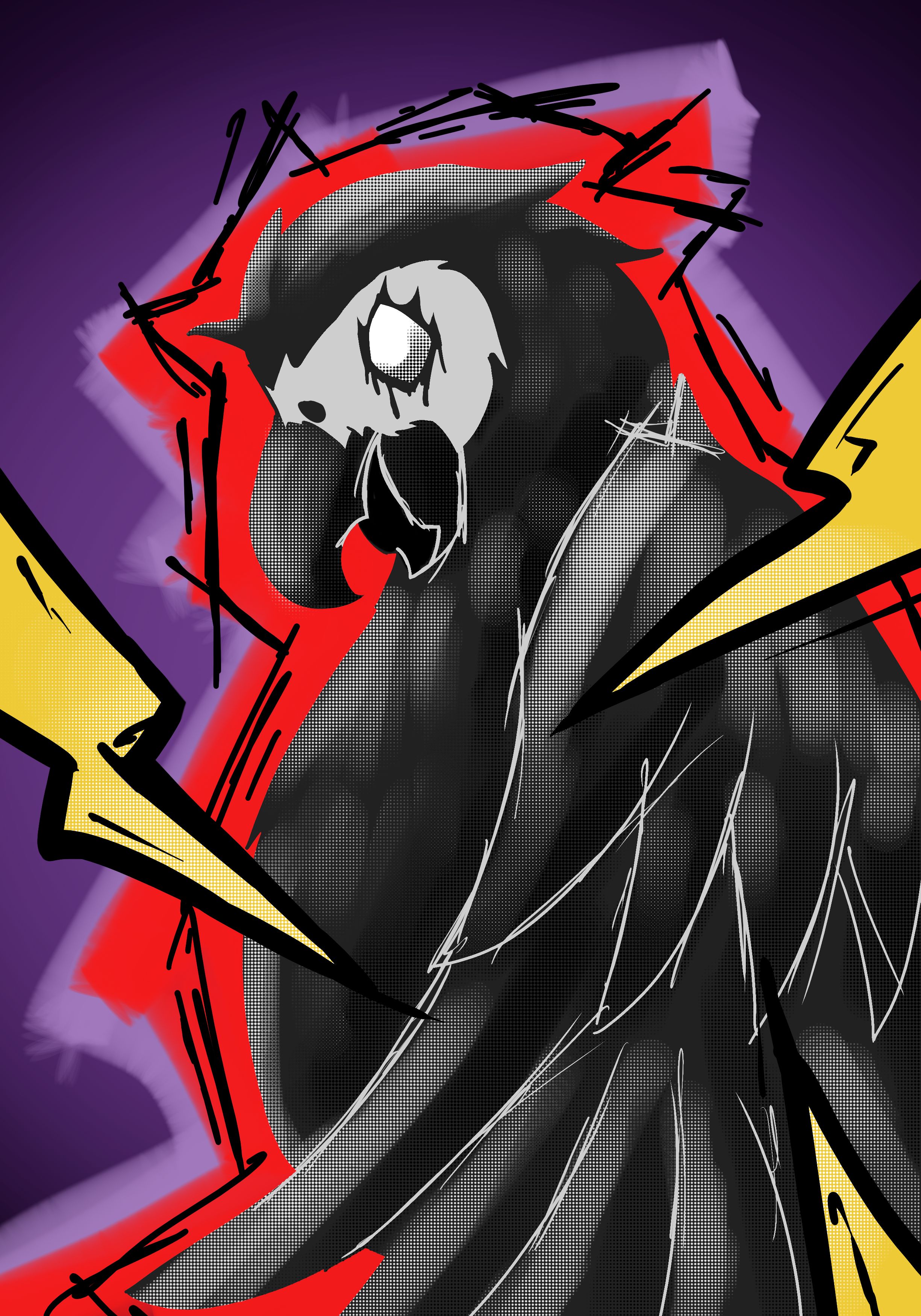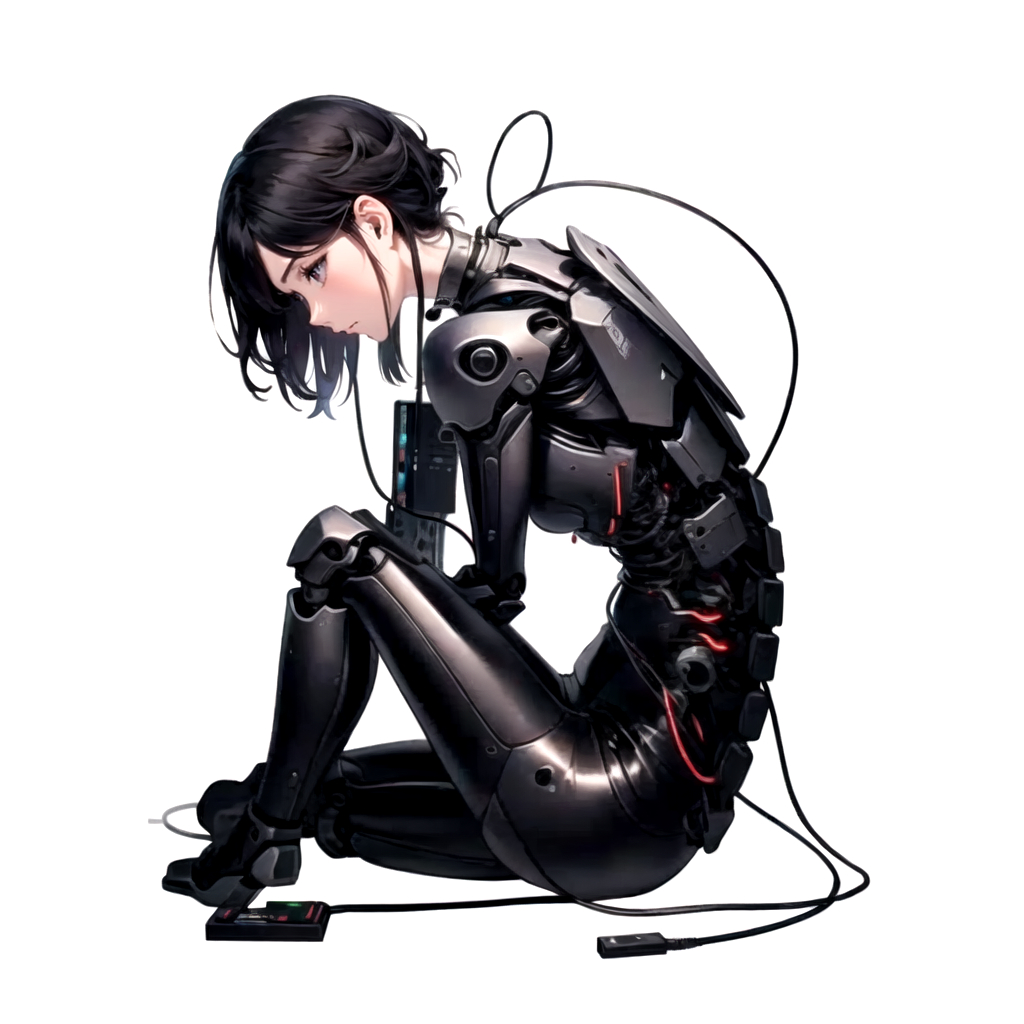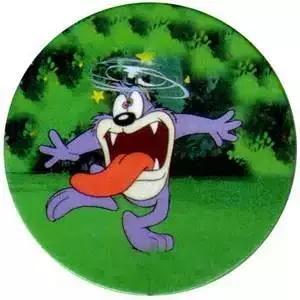ht to @hilljam@mastodon.social
good reminder that platform holders like spotify and then labels hold almost all that revenue and artists see barely any of it. This has been true forever but the addition of spotifies and apple musics in the mix just removes more money from artists in this equation.
Just another reason to buy music from the artists own website, if they have one.
It’ll likely be seen as “lost revenue” and therefore piracy by the holders, as I don’t imagine that they include small individual sites in their surveys, but the artist will get more money in the end and that’s what matters.
Doesn’t everyone always say that Spotify rarely/barely make a profit? Don’t they still have to give most of their money to the labels?
Yeah, from what I can find their operating profit was in the negatives every year.
Not sure how much of their costs go to the label vs. Server and employee costs, though. It’s possible they take more of a cut than retail stores do regardless. Bandwidth isn’t cheap, and software devs aren’t cheap either.
In any case, the artist sees very little of that money.
They have 10000 employees. No, I don’t understand why, either. They take the vast majority of the cut. They pay somewhere between $0.002 and 0.005 a stream. So if you stream your favourite song 500 times, your favourite artist might get a penny depending on label cut.
I’m seeing $0.003-$0.008 per steam, still peanuts though. Same article says the following though:
Spotify has not reported an annual net profit in all the years its been public. Part of this is due to the royalty fee split it has with publishers, in which it only takes 30 percent of profits.
so it’s not like Spotify are taking all the money from the artists, it does seem like it’s still the labels raking it in.
this is a really helpful place to talk about how profits != revenue.
So after spotify pays itself all the money it might want to take from subscriptions and ad revenue, you are left with the “profits” which now get split 30% in favour of spotify.
True, it’s all creative accounting to obfuscate what’s actually going on
So over 49 years, it totals less than 1 year of the US military budget.
That is wild
Why didn’t they make a normal pie chart?! That circle is not very good visualisation.
surface of the circle is directly proportional to the revenue, this presentation is much better to compare two values to each other (if you have problem comparing how much 367 is compared to 128 and need an image for that, that is). it would be harder in the pie chart.
if you want share of the total, the bottom graph is much better for that (and it adds layer of information that pie graph wouldn’t have).
i assume that is why.
Circle area’s are really hard to compare. A circle with double the area of another barely looks bigger.
But circles are hard to compare directly. A square would be much better or even a bar chart.
This is trying to be flashy and it gets in the way of the information.
Fair point. I do suppose it makes some sense, since otherwise the small ones would be barely visible slices, while they are more concentrated here.
Maybe because the two top mediums shown are circular shaped, a CD and a vinyl record.
Probably because they wanted to show the variance over time which one pie chart cannot visually show. And it’s easier to compare a circle vs a circle than a pie chart.
We should invent new futuristic physical media. They should have real heft and ideally make a satisfying noise when you plug them in and be completely overegineered, so they last as long or longer as pottery. Something like upgraded MiniDisc, cassettes or USB sticks. If you plug it in, the device and the connector should be sturdy enough to stand on.
Maybe looking like this labeler cartridge:

Or like isolinear chips from Star Trek:
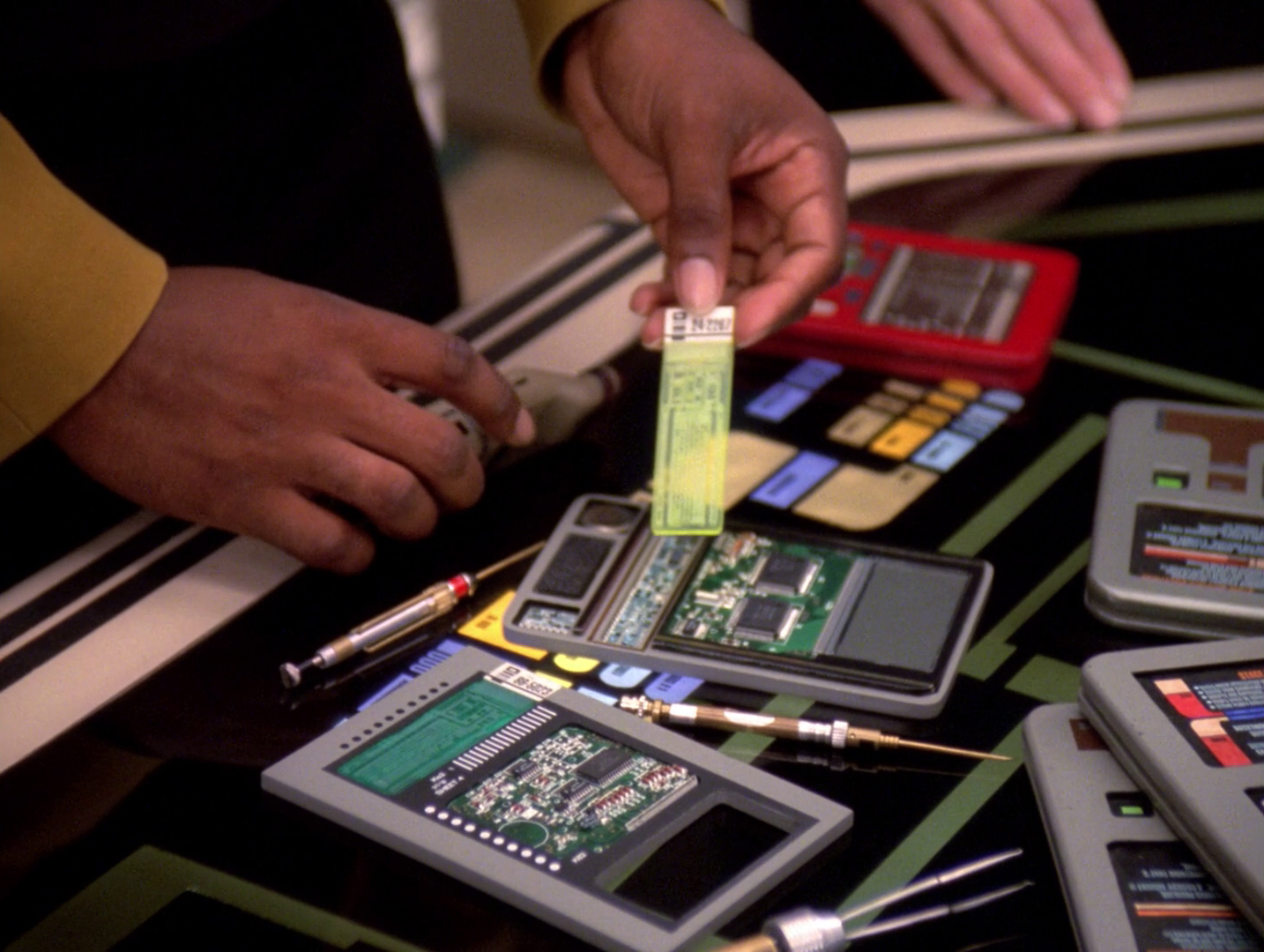
I know Microsoft is doing something similar with Project Silica.
Please anyone, if you can give examples from fiction or reality, I’m happy to hear it.
I’ve recently learnt about Cassette Futurism and it’s making me nostalgic for en era that never was.
@RandomStickman @Masimatutu @DavidGarcia have you watched the show Hello Tomorrow! ? its entire concept is retro futurism and it aches at times in that same particular way
Why do that when we already have digital media players like iPods and phones that meet the criteria?
Ahhh, the ringtone.
Removed by mod
What is this thing called ringtone? I don’t believe I have heard of it before.
I love this data visualization. Very groovy!
I couldn’t find explaination about “digital license” and “mp3”, if I buy music on Bancamp or Steam, where is it counted ?
Digital License: commercial use, such as with video game osts, movie commissions, or streaming service licensing fees from record labels.
MP3: pay-to-download services.
Low-key wish cassettes would make a comeback
They sort of are. A lot of hardcore shows I go to always offer cassettes at the merch table.
Even most artists offer them on their websites these days. Lady Gaga and Lana Del Rey offered them for their most recent releases,
Yeah cassettes never went away when it comes to punk. It’s a cheap way to distribute your music in physical form as well, which is a big part of why it’s so present in punk and indie music.
Surely CDs are both cheaper and easier, though?
Good point, they probably are. A cassette can fit in a pocket though, it’s like a greeting card and usually comes with a download code. CD’s are just lame :D I don’t know man.
I never bought an album on tape. Only ever used it for boot legging. And I sure don’t miss searching for a particular track on tape I would want to play.
I bought a cassette this weekend at a smaller local concert. They only had cassette and CDs. CD just feels meh to me and I also don’t have a CD drive around anymore, so I went with the tape. The format is really cool for smaller bands as you don’t need much effort to release them. Just design the small piece of paper and you’re good to go. It’s also better to carry around during the concert compared to being stuck with the huge-ass vinyl in the pit lol.
If possible, I prefer to get a vinyl, but I get it that it’s a pain in the ass for smaller semi-professional bands as it’s expensive a fuck to release on vinyl. So cassette it is, now I only need to get my hands on a tape deck lmao.
also don’t have a CD drive around anymore, so I went with the tape.
you don’t have cd but you have cassette player? 😮
Yeah a relative has one for me that I now have to install
@Rayspekt @Masimatutu @OsrsNeedsF2P $30 on ebay! 🏆🖤
wish this mentioned hypothetical revenue ‘lost’ due to piracy.
That would be very interesting indeed.
I imagine that the drop observed between 2005 and 2020 isn’t because people didn’t listen to music, but likely rather piracy and digital media being harder to properly gauge (musicians selling music on their own websites and such, not having to burn it to CDs first).
This is also supported by various claims and statistics showing a fall in piracy in the late 20’s.
Now seems like the perfect time to either pirate because you know your favorite artists ain’t getting hardly anything of the billions from streaming services. That, or go direct through the artists own service they set up themselves. Either way, it always is a good day when you can just say “No!” to the large music companies or companies invested in music salesin some way or another.
I just bought a record from an artist Merch booth at a concert last weekend. Feels good and I got it signed.
There was an event going on in the large downtown park in my hometown and there was a local band who I would have totally bought one of their CDs, but my card wasn’t working. I would have totally spent $10 to support them.
That increase of ad supported steaming makes me not hopeful for the future.
Am I the only one who is totally confused by the lower plot? How is the data distributed among the positive and negative y axis? Is the negative portion supposed to be negative annual revenue? Why are CDs then in the positive and negative at the same time. I desperately need more labeling or explanation please. It sure looks nice, but I’m completely at loss…
How is the data distributed among the positive and negative y axis?
It’s symmetrical. There is actually nothing negative shown in that graph. The graph could be flat at the bottom on the axis that it would change nothing. However, it looks like soundwaves.
The width is proportional to the revenue.
So the axis with the year isn’t actually 0 pr something else? Its just how much revenue was made in total (2000s were the time with most revenue) and how much each media contributed in a funky way of displaying it?
It would have been less confusing to have vertical lines rather than an x axis however they wanted it to look like a soundwave. However even though I am an electronic musician who works with soundwaves I didn’t notice the metaphor until reading the comment here.
Thanks for pointing that out. It is a bit like the distribution on a violin plot then. But it still is weird how the colors are distributed and albeit I think it does indeed look nice, I think this plot shouldn’t be in this community…
This is an even more confusing answer!
I don’t know how to but this more clearly. The distance between the top and the bottom of the coloured strip at any given year; the thickness; represents the annual revenue.
This is actually a pretty common format for representing the evolution of parts in a total, because you can clearly see the share, the combined revenue and the total revenue over the years (that’s the area). It is just that this one has been made symmetrical because it is easier to follow and just more pretty.
There’s no positive or negative, just share (width). It is done creatively but still accurately, it looks like the most dominant segment takes the center allowing you to easily spot which was the most popular at what year.
Feels weird that it includes ad supported streaming and not radio
I heard the other day that cassettes are selling again.
It’s seriously niche. Nobody is buying cassette over vinyl or CD for any reason but aesthetics or a gimmick or novelty.
But that’s what my car plays
Get a discman and a cassette adapter. I did it for years, it’s great to be able to skip tracks instantly, choose tracks, etc.
This only seems to cover the US?


